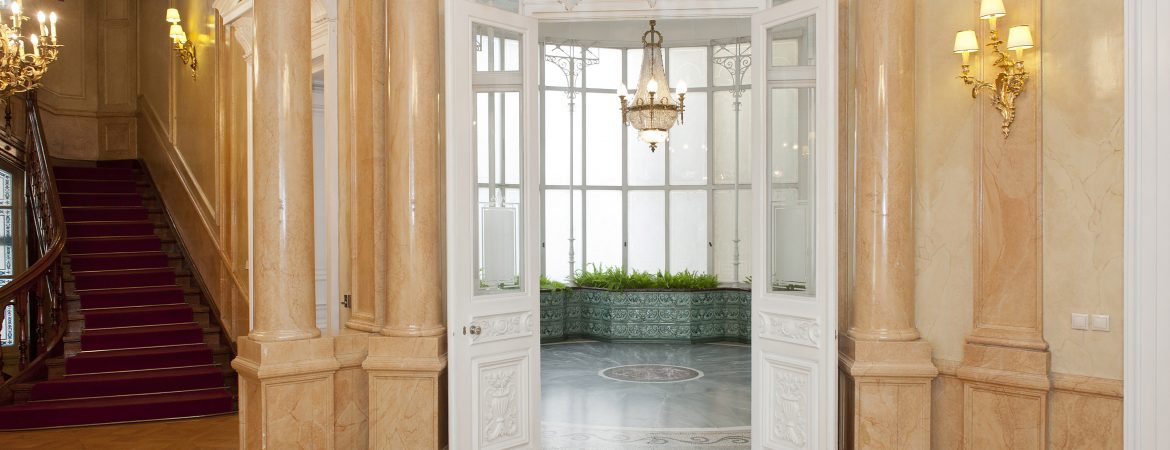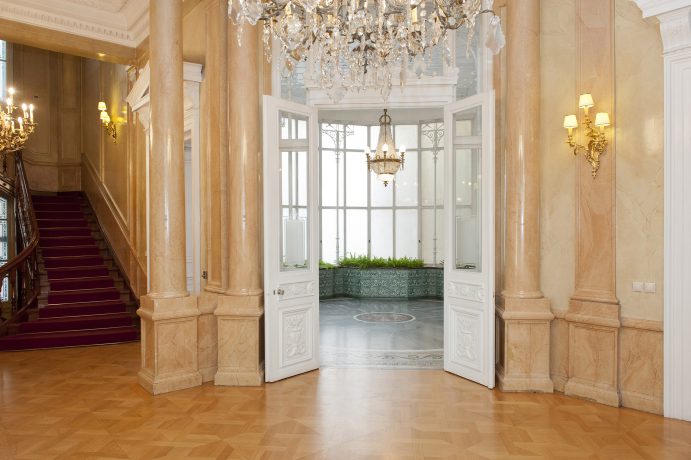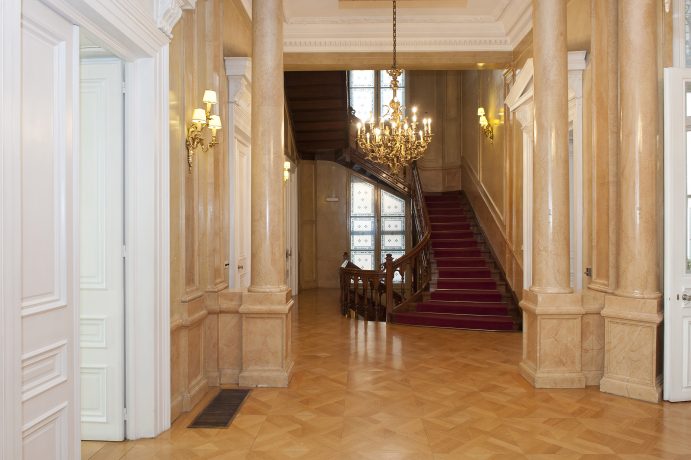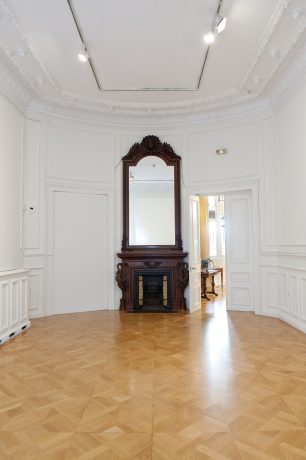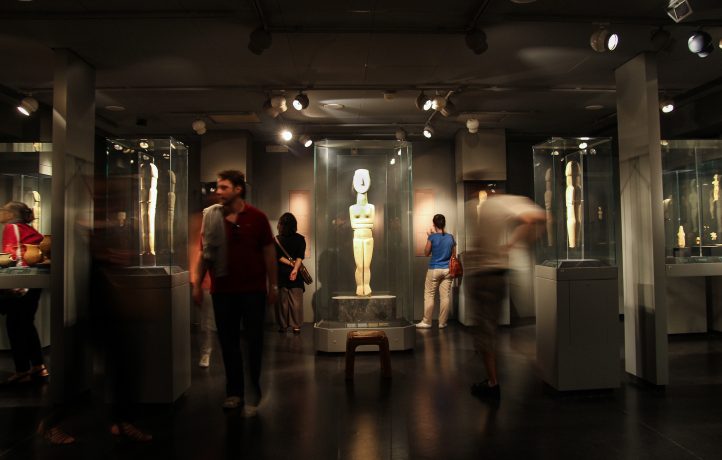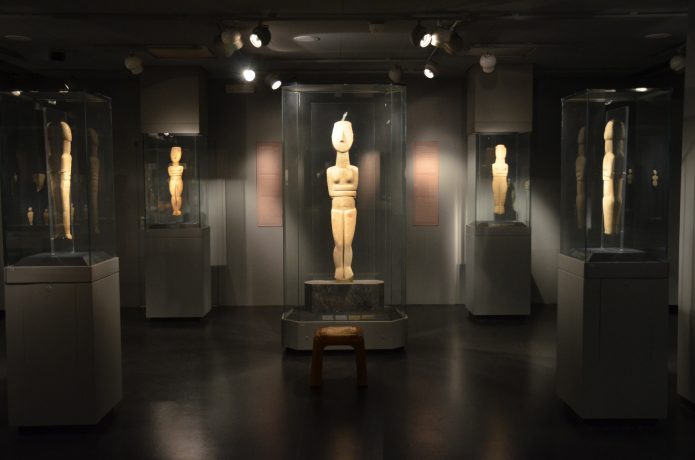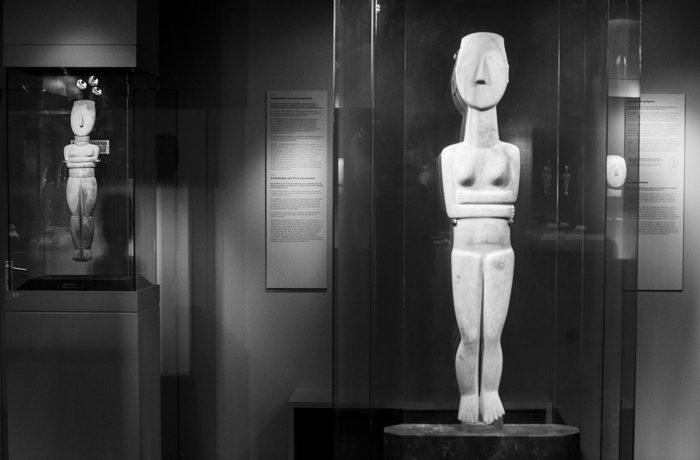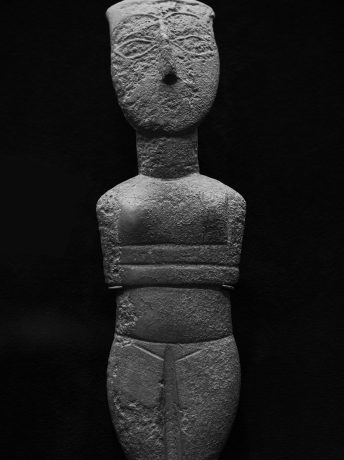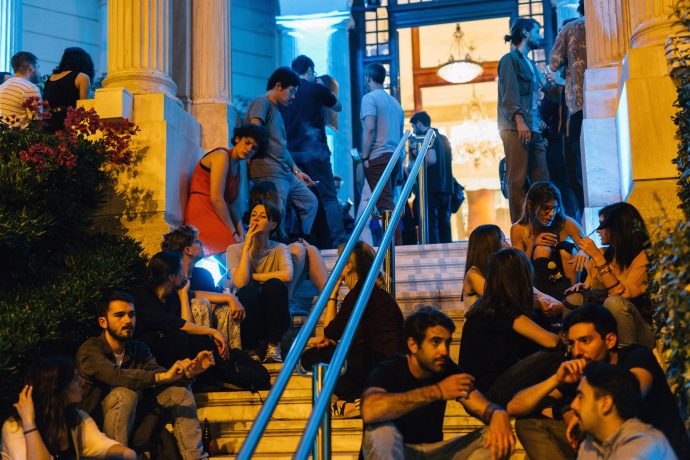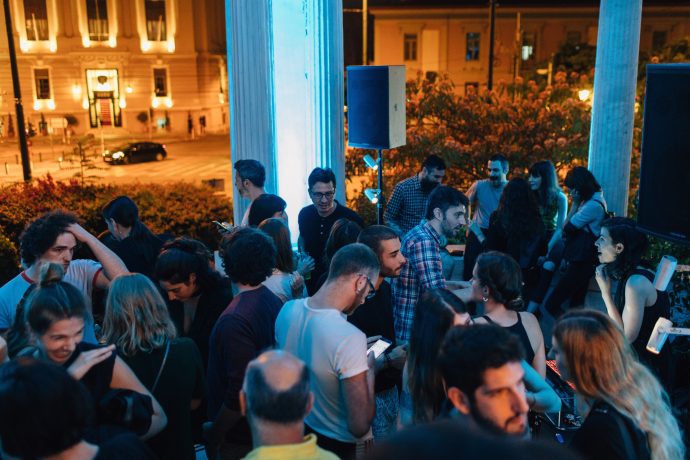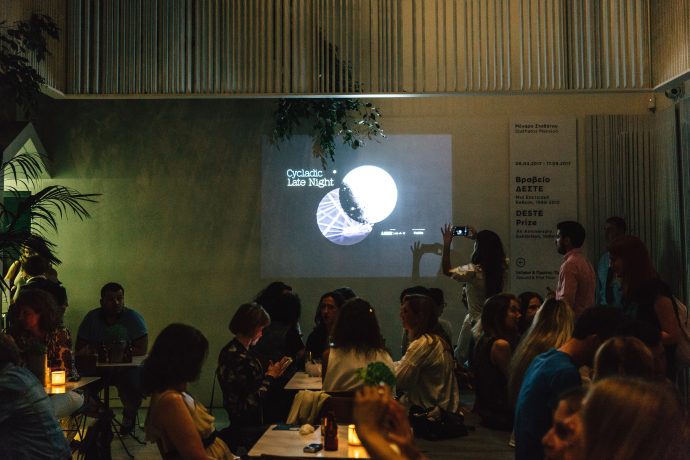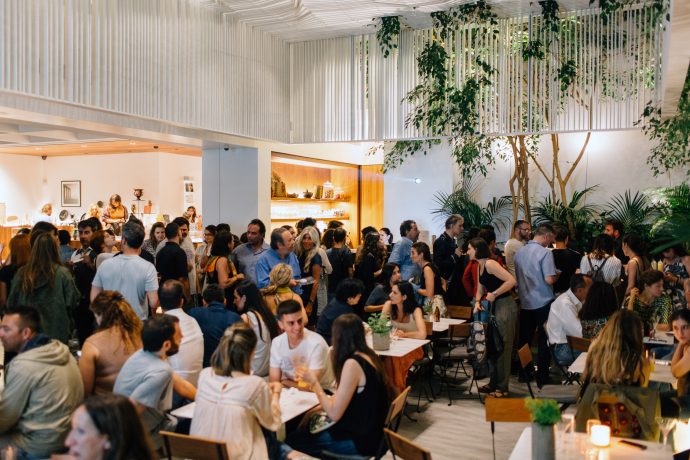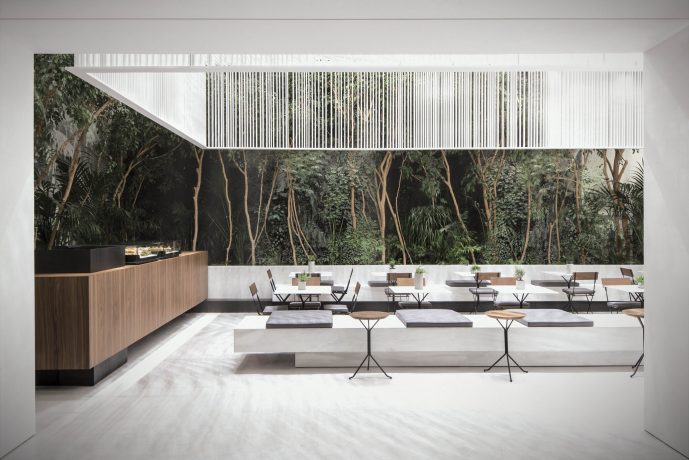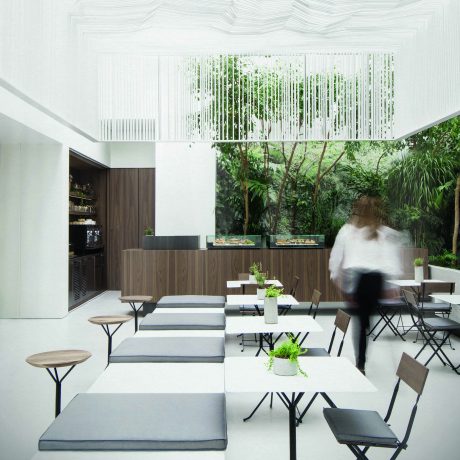Strolling around the center of Athens, you can find a museum known for its minimal and beautiful collections of Ancient Greek artifacts. Of these, the most notable are the Cycladic collection and the Cypriot antiquity collection. The Museum of Cycladic Art has two buildings seemingly disconnected with one another, but there is more than meets the eye. So, go inside to get your treat! But let’s go back in time a little bit first.

Nicholas and Dolly Goulandris began collecting Cycladic statuettes in the 1960s. As the collection grew in size, it started travelling worldwide and was exhibited in museums including the British Museum in London, Grand Palais in Paris and the National Gallery in Washington. Apart from the rare Cycladic art, the collection also includes a large amount of ancient Greek art and everyday objects. Seeing its importance, the Goulandris family decided to open the Museum of Cycladic Art in 1986 to promote the ancient art of the Aegean. Since then, donations were given and the collection increased. One of these was the Th. N. Zintilis Collection of Cypriot Antiquities featuring around 400 artifacts of various materials covering a wide range of Cypriot history from the Chalcolithic period (4th millennium BC) to Early Byzantine period (6th century AD). In 2002, the museum added the Stathatos Mansion which houses temporary exhibitions of contemporary art.
The museum is famous for its Cycladic statues that have inspired many 20th century artists such as Brancusi, Modigliani, Giacometti, Henry Moore and Barbara Hepworth. The simplicity and harmony of the human figure yet at the same time geometrical and abstract is engraved austerely in white marble. This minimal aesthetic has inspired the museum interior.


The main building in 4 Neofitou Douka Street was constructed for the museum in 1985 by the architect Ioannis Vikelas. Its façade combines marble with glass, mirroring light and creating an atmosphere similar to Cycladic landscape. The building consists of six floors. The ground floor is the entrance to the museum. There visitors can find the café, the shop and a temporary exhibition space. Through the café, there is a closed passageway that leads to the atrium of the Stathatos Mansion. The first floor hosts the Cycladic Art collection surrounded by a deep blue color. The collection of ancient Greek art is found on the second floor, while the Cypriot collection can be seen on the third floor. The fourth floor presents a thematic exhibition of different aspects of everyday life in ancient Greece. The fifth floor is an auditorium with the capacity of 120 people where seminars and conferences take place.
The Stathatos Mansion is an older building, a true example of Athenian architecture of the 19th century. The Bavarian architect Ernst Ziller, responsible for many neoclassical landmarks in Athens, built the mansion in 1895. It was the residence for the family of Othon and Athina Stathatos who owned it until 1938. In the years following, it turned into embassies for various countries until 1982, when it was purchased by the Greek State. The building was restored and refurbished by architect P. Kalligas. Then, in 1991, the building was leased to the museum to cover its need for more exhibition space; in 2001 the Greek State elongated the contract for 50 more years.
Staying true to Bavarian architecture, the building borrows elements of classical antiquity and formality of the 19th century. The garden, the arched entrance, the balcony and the two female statues (Athena and Nike) on the roof – complete its monumental exterior posture. On the inside, the mansion consists of three floors. The basement of the mansion used to be the kitchen and the ancillary rooms, but now accommodates the offices of the museum. The ground floor features the original dining room and main drawing room. Visitors can see the gilded stucco mural decorations, chandeliers and fireplaces. On the first floor where the bedchambers used to be is accessible through a grand staircase.
The Stathatos Mansion is a true example of neoclassicism. With elements of Greek and Roman architecture mixed with Renaissance and 19th century Romantic Classicism, it alienates itself from the main building whose primary materials are marble with granite elements. The glass passage way that connects the atriums of the two buildings is a nice transition from the atmosphere of the one to the other. Visitors can peek outside and be indulged to the weather elements that shape its environment.
Art is always a good excuse for a visit, but do not forget to give a well-deserved glance at the two buildings and their different yet similar prospective. And a small tip: do not miss the late night openings!
